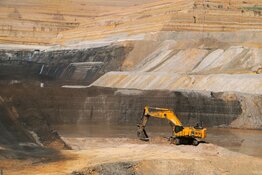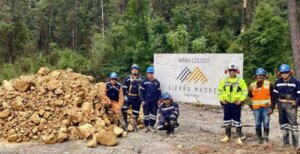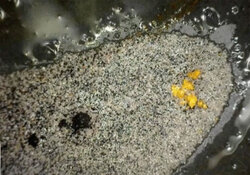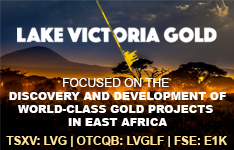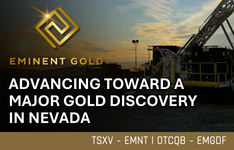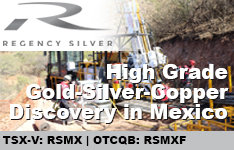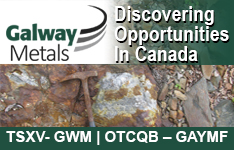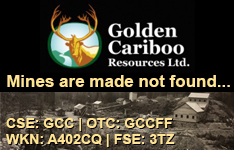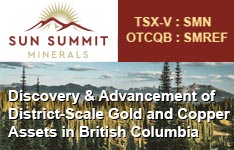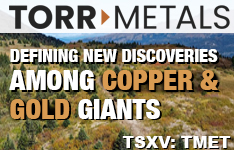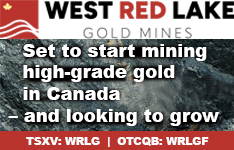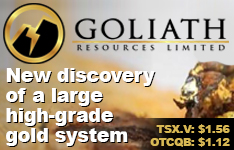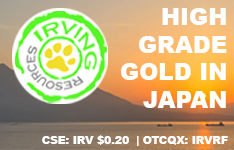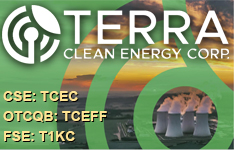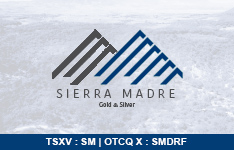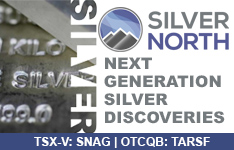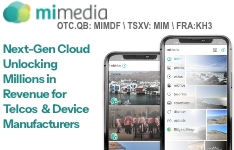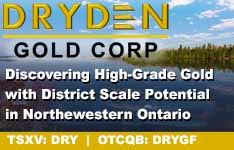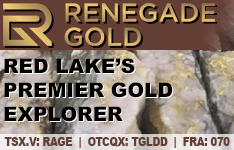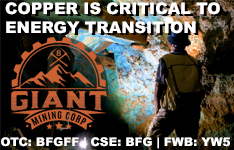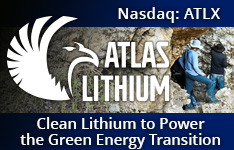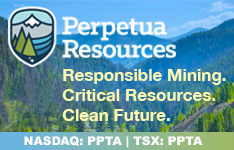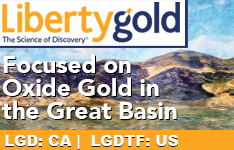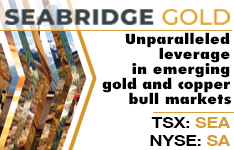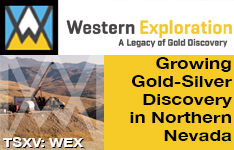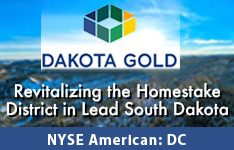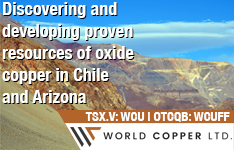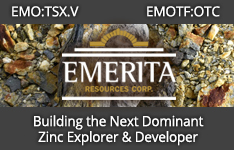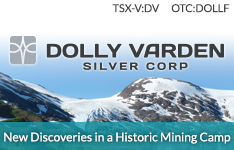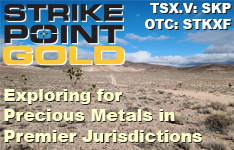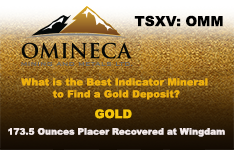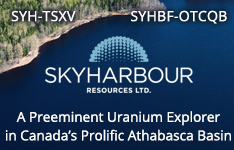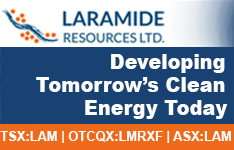Sun Summit Minerals Corp. (SMN:TSX.V; SMREF:OTCQB) announced that it has completed its 2025 exploration program at the Theory Project, located in the Toodoggone Mining District of north-central British Columbia. The Theory Project, covering 9,676 hectares, is under option from Eagle Plains Resources and lies adjacent to Thesis Gold's Ranch Project and 10 kilometers northwest of Sun Summit's JD Project.
The 2025 program included geological mapping, remote sensing, and geochemical sampling designed to build on 2024 airborne magnetic and radiometric surveys. A total of 268 rock grab samples, 417 soil samples, and 40 silt samples were collected during the program. Assay results are pending.
One of the key findings from the season was the identification of alteration patterns at the BEV area, where the presence of epidote-carbonate±chlorite±hematite and associated copper mineralization (including chalcopyrite, bornite, and chalcocite) suggests potential for a concealed porphyry system. A new target area, the Saboteur Zone, was also delineated northeast of BEV, featuring a 3 km-long trend of copper mineralization linked to a magnetic high. At the Fred-DM area, copper-bearing quartz-carbonate-barite veins have been documented along a 5 km magnetic low, with barite veins exposed for 150 meters and a possible strike length exceeding 1 km. The STIK1 showing revealed epithermal-style alteration adjacent to a granodioritic to dioritic intrusion.
Sun Summit's CEO, Niel Marotta, stated in the news release: "We are very pleased with the early prospecting work completed on the Theory Project, and the potential for discovery of a large porphyry system. The 2025 prospecting program will help define drill targets for upcoming exploration seasons, and we look forward to continuing to work with Eagle Plains as we advance the Theory Project towards its inaugural drill campaign."
The work was conducted by TerraLogic Exploration Inc., with satellite imagery interpreted by EarthDaily Analytics. Remote sensing data, including SWIR-ASTER and hyperspectral imagery, was used to define and prioritize targets.
Copper Constraints and Gold's Historic Breakout Reshape Market Priorities
Mining executives cited in a Reuters report on October 6 agreed that copper supply continues to lag demand, particularly as electrification efforts expand. While consolidation, such as the Anglo-Teck merger, may help bridge short-term gaps, analysts pointed to the high cost and slow pace of bringing new projects online. Copper traded near US$10,500 per ton, approximately 40% higher than three years prior, with constrained supply and its central role in the energy transition continuing to dominate long-term forecasts.
Gold, meanwhile, surged to historic highs in October amid intensifying macroeconomic uncertainty. Spot gold exceeded US$4,000 per ounce for the first time, driven by a combination of monetary policy shifts, declining confidence in fiat currencies, and increased investor interest in physical assets. A significant portion of the rally occurred during Asian trading hours, highlighting the growing influence of eastern markets and a broader reassessment of global risk.
Couloir Capital also acknowledged the progress in an October 20 note, stating, "Sun Summit Minerals Corp. announced the completion of its 2025 exploration program at the JD project . . . assay results, currently pending, will provide important vectors for follow-up drill planning and targeting for 2026."
Central banks have played a key role in this shift. By 2023, about 68% of gold-buying central banks held reserves domestically (up from 50% in 2020), reflecting a continued emphasis on security over yield.
This movement was further highlighted in an October 8 report by Bruno Venditti, which noted that foreign central banks collectively held more gold than U.S. Treasuries for the first time since 1996.
Nearly 20% of all gold ever mined is now in central bank hands, with sustained demand from 2022 through 2024 contributing to the metal's recent ascent.
An October 10 report from Anthony Keane noted that gold had risen 123% over the prior two years, outperforming many other asset classes. Analysts attributed the gains to a combination of geopolitical instability, lower interest rates, and rising demand for scarce resources. Capital.com's Kyle Rodda commented that "the supply of money grows at a much faster pace than we can pull gold out of the ground," while Catapult Wealth's Tony Catt emphasized that "gold is an asset class where there is a lot of central bank buying," particularly in times of economic uncertainty.
A research note from UBS added that optimism remained widespread across the sector, calling it "hard to find anyone who isn't a gold bull." Still, historical data from Dimensional Fund Advisors showed that gold's calendar-year returns have been positive just over half the time since 1980, underscoring the metal's long-term volatility despite its current strength.
Experts Highlight Drilling Progress and Surge in Regional Exploration Spending
Against this backdrop of strong commodity prices, Sun Summit Minerals Corp.'s 2025 exploration efforts at its JD Project in British Columbia have drawn renewed attention. The company completed a 6,800+ meter drill campaign during the season, part of a broader regional push into the Toodoggone District, where copper-gold exploration activity is increasing.
Drilling at the JD Project began in mid-July. Jay Taylor of the Hotline noted on September 12, "These are obviously fabulous results, and with them I have to think this story is going to start to attract some eyeballs."
That first hole, CZ-25-007, returned 78 meters grading 3.72 g/t gold from 30 meters downhole. Brien Lundin, writing in the October 2 edition of Gold Newsletter, stated, "Sun Summit Minerals Corp. made headlines with a hit of 78m running 3.72 g/t gold from the first hole completed this year at the JD project . . . follow-up drilling on this discovery is planned for this season." Earlier, in his September 19 note, Lundin reiterated his "Buy" rating, expressing continued interest in the upcoming results.
Lundin had previously commented on August 28 that "the Creek and Finn zones have a chance to deliver good results to the market this fall." That view appears to be supported by ongoing activity at the JD camp.
Couloir Capital also acknowledged the progress in an October 20 note, stating, "Sun Summit Minerals Corp. announced the completion of its 2025 exploration program at the JD project . . . assay results, currently pending, will provide important vectors for follow-up drill planning and targeting for 2026."
The JD Project, along with Sun Summit's adjacent Theory Project, now totals over 25,000 hectares in the mineral-rich Toodoggone region. Both projects target copper-gold porphyry systems and high-grade epithermal gold-silver zones, positioning the company in one of British Columbia's most actively explored districts.
Next-Generation Porphyry and Epithermal Targets Emerging
The Theory Project is located within a highly prospective geological setting along the Jurassic-Triassic unconformity, known as the "Red Line," a structural corridor recognized by the BC Geological Survey for its spatial association with significant deposits in the Golden Triangle and Toodoggone regions. The property includes zones of both epithermal and porphyry-style mineralization, with several Minfile occurrences showing promising historical results, including grades of up to 8.2 g/t gold, 195 g/t silver, and 6.2% copper.
 Streetwise Ownership Overview*
Streetwise Ownership Overview*
Sun Summit Minerals Corp. (SMN:TSX.V; SMREF:OTCQB)
Meanwhile, the company's nearby JD Project continues to advance following a 6,800+ meter drill program completed in 2025. That program included 21 holes targeting high-grade epithermal gold-silver and porphyry copper-gold systems, with results pending for 20 of the 21 holes. A first hole at the Creek Zone (CR-25-007) returned 78 meters of 3.72 g/t gold from 30 meters downhole.
Together, the JD and Theory Projects cover over 25,000 hectares in a region with established infrastructure, including access roads, the Sturdee airstrip, and proximity to the Kemess Mine hydroelectric power grid. According to the company, the 2025 exploration at Theory lays the groundwork for future drilling to test these emerging copper-gold systems.
Ownership and Share Structure1
According to SEDI filings, 5.9% of Sun Summit Minerals Corp is owned by management and insiders.
Sun Summit has a market cap of CA$42 million with 218.17 million free float shares and a 52-week range of CA$0.065 to CA$0.340.
| Want to be the first to know about interesting Gold and Copper investment ideas? Sign up to receive the FREE Streetwise Reports' newsletter. | Subscribe |
Important Disclosures:
- Sun Summit is a billboard sponsor of Streetwise Reports and pays SWR a monthly sponsorship fee between US$3,000 and US$6,000. In addition, Sun Summit has a consulting relationship with Street Smart an affiliate of Streetwise Reports. Street Smart Clients pay a monthly consulting fee between US$8,000 and US$20,000.
- As of the date of this article, officers and/or employees of Streetwise Reports LLC (including members of their household) own securities of Sun Summit.
- James Guttman wrote this article for Streetwise Reports LLC and provides services to Streetwise Reports as an employee.
- This article does not constitute investment advice and is not a solicitation for any investment. Streetwise Reports does not render general or specific investment advice and the information on Streetwise Reports should not be considered a recommendation to buy or sell any security. Each reader is encouraged to consult with his or her personal financial adviser and perform their own comprehensive investment research. By opening this page, each reader accepts and agrees to Streetwise Reports' terms of use and full legal disclaimer. Streetwise Reports does not endorse or recommend the business, products, services or securities of any company.
For additional disclosures, please click here.
1. Ownership and Share Structure Information
The information listed above was updated on the date this article was published and was compiled from information from the company and various other data providers.


